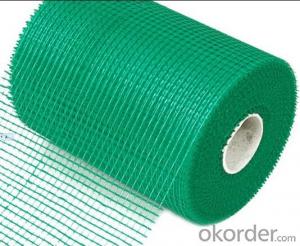Composite Pipes: The New Frontier in Engineering
In the ever-evolving world of engineering, innovation is the key to progress. One such innovation that has captured the attention of the industry is composite pipes. These versatile and robust structures are not just a new addition to the engineering toolkit, but they represent a significant leap forward in terms of material science and construction techniques.
A Revolution in Material Science
Composite pipes are made from a combination of materials, typically a polymer matrix reinforced with fibers. This unique blend offers a range of benefits that traditional pipes simply cannot match. The fibers provide strength and rigidity, while the polymer matrix offers flexibility and resistance to corrosion. The result is a pipe that is both strong and flexible, capable of withstanding the rigors of various environments and applications.
Versatility in Design
One of the most exciting aspects of composite pipes is their design flexibility. Engineers can tailor the properties of these pipes to suit specific needs. Whether it’s for high-pressure applications, corrosive environments, or extreme temperatures, composite pipes can be engineered to meet these challenges head-on. This adaptability is a game-changer for industries that require custom solutions for unique problems.
The Environmental Edge
Sustainability is no longer a buzzword; it’s a necessity. Composite pipes contribute to this cause by being more environmentally friendly than their traditional counterparts. They require less material to achieve the same strength, reducing the overall environmental footprint. Additionally, their durability means they have a longer lifespan, further reducing waste and the need for frequent replacements.
Economic Benefits
The cost-effectiveness of composite pipes is another compelling argument for their widespread adoption. While the initial investment might be higher, the long-term savings in maintenance, durability, and reduced environmental impact make them an attractive option for businesses and governments alike.
Challenges and Solutions
Despite their numerous advantages, composite pipes are not without challenges. One of the main concerns is their resistance to impact loads. However, ongoing research is addressing this issue, with new formulations and designs being developed to enhance their impact resistance.
The Future of Pipelines
As we look to the future, composite pipes are poised to become the standard in various industries. From oil and gas to water management and even aerospace, their applications are vast and varied. The potential for growth and innovation in this field is immense, and it’s an exciting time to be part of this industry.
In Conclusion
Composite pipes represent a new frontier in engineering, offering a combination of strength, flexibility, and sustainability that traditional materials simply cannot match. As the technology continues to advance and overcome current challenges, there’s no doubt that these pipes will play a pivotal role in shaping the future of infrastructure and construction. So, the next time you see a composite pipe, remember that you’re looking at the future of engineering.

